Discover the essential Beneficial bugs that help your succulents thrive. Learn how to attract and maintain helpful insects for natural pest control and plant health. Expert guide updated for 2024.
Beneficial insects play a crucial role in succulent health and growth by providing natural pest control, pollination, and soil enhancement. The most beneficial bugs for succulents include ladybugs, praying mantises, parasitic wasps, beneficial nematodes, and predatory mites. These natural allies help maintain plant health while reducing the need for chemical pesticides.
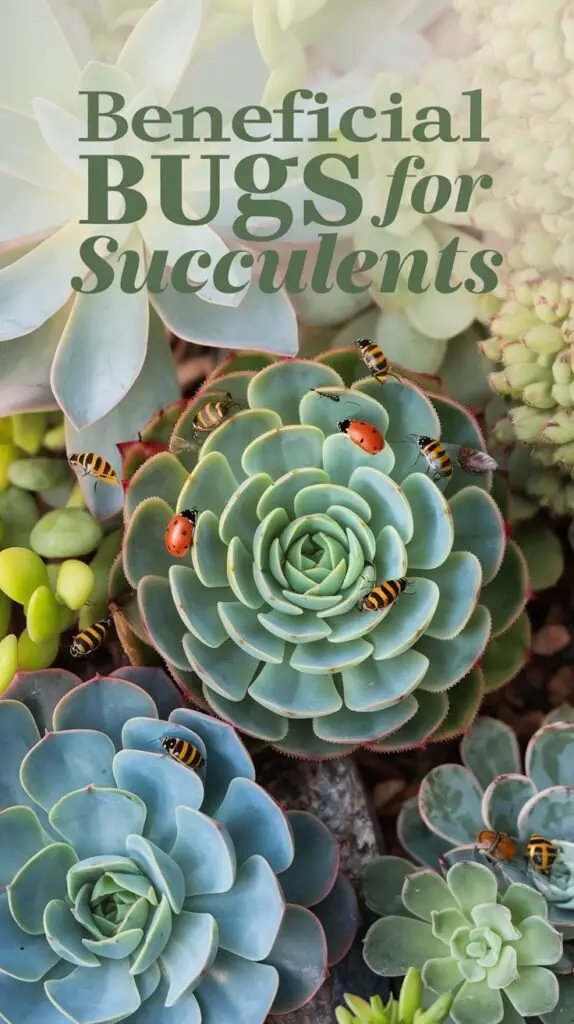
Hello, I’m Ashley Scott, a succulent specialist and ecological gardening expert with over 15 years of experience. Today, I’m excited to share my knowledge about the fascinating world of beneficial insects that can help your succulents thrive naturally.
Understanding the Role of Beneficial Insects
Beneficial insects serve three primary functions in succulent gardens:
- Pest Control: Natural predators that feed on harmful insects
- Pollination: Essential for succulent reproduction and seed production
- Soil Enhancement: Some insects improve soil structure and nutrient content
Top Beneficial Bugs for Succulents
1. Ladybugs (Coccinellidae)
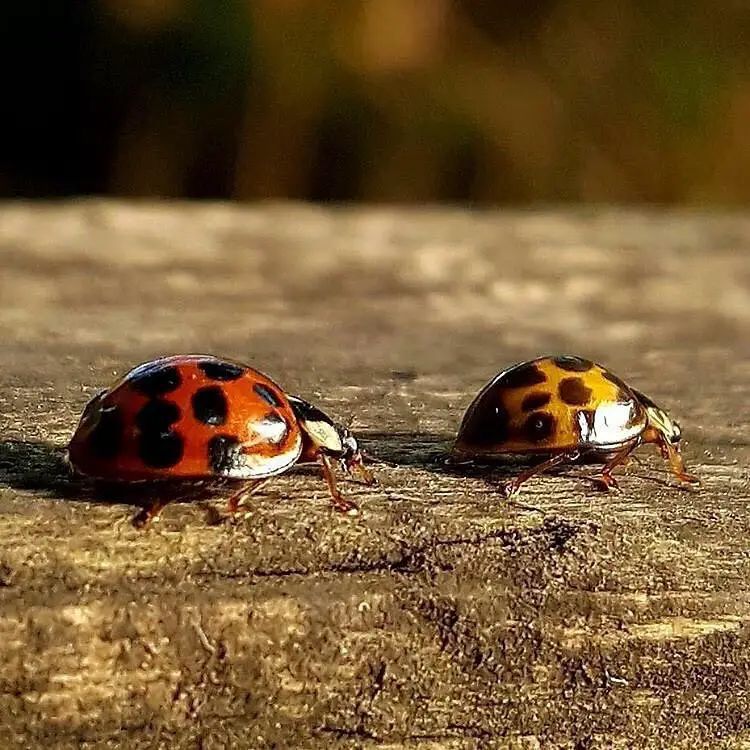
Ladybugs are exceptional allies for succulent health:
- Feed on mealybugs, a common succulent pest
- Consume aphids, spider mites, and scale insects
- Each ladybug can eat up to 5,000 pests in their lifetime
- Both adults and larvae are beneficial
2. Praying Mantises
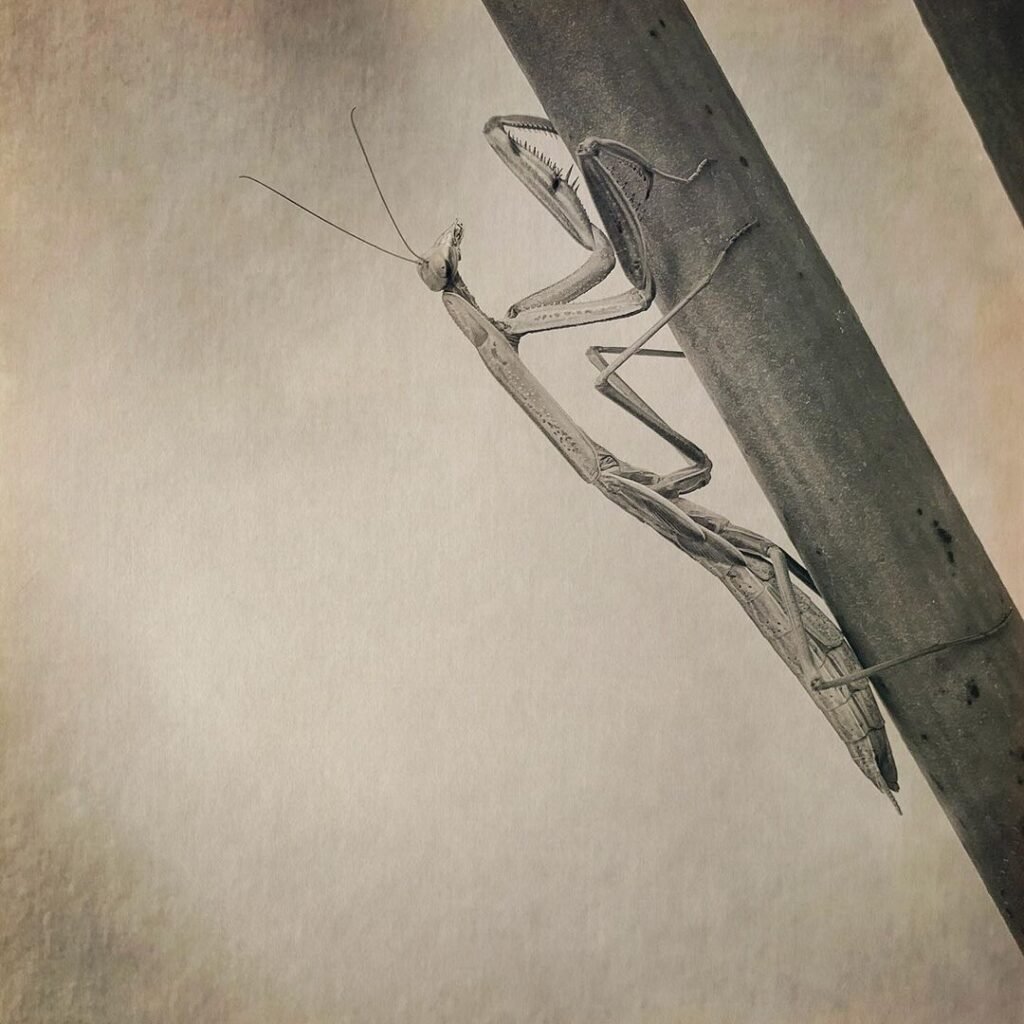
These fascinating predators offer comprehensive pest control:
- Hunt a wide variety of harmful insects
- Active throughout the growing season
- Help control larger pests like caterpillars
- Natural deterrent for problematic moths
3. Parasitic Wasps
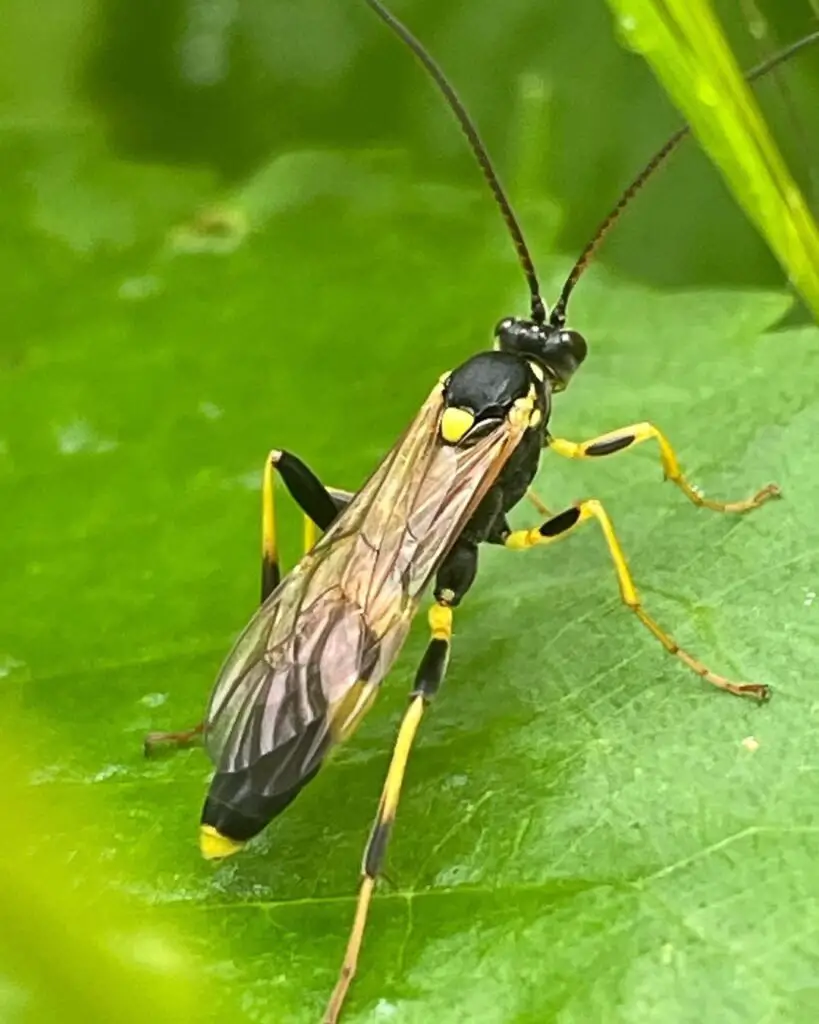
Tiny but mighty garden defenders:
- Target specific pest species
- Don’t harm plants or humans
- Particularly effective against caterpillars and moths
- Help prevent infestations before they start
4. Beneficial Nematodes
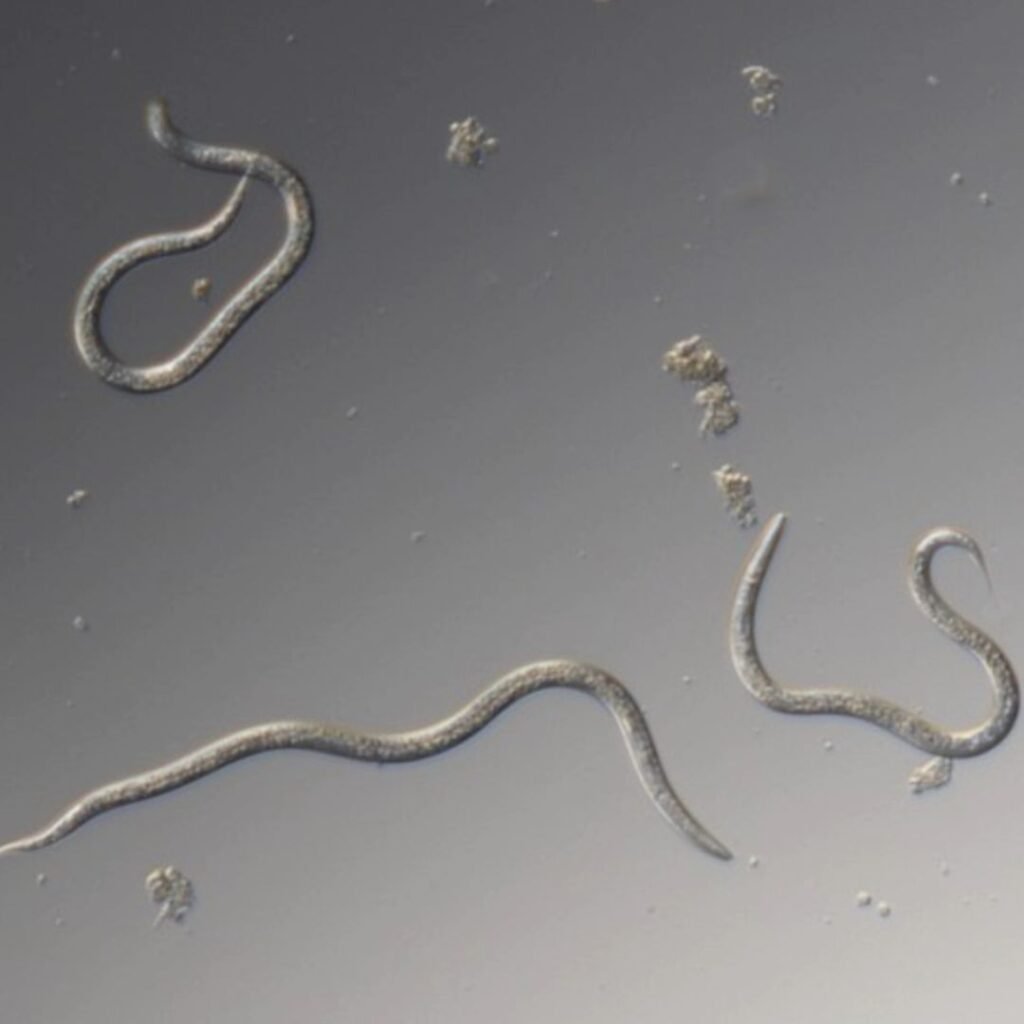
Microscopic soil-dwelling organisms that:
- Control soil-borne pests
- Improve soil structure
- Enhance nutrient cycling
- Work symbiotically with plant roots
5. Predatory Mites
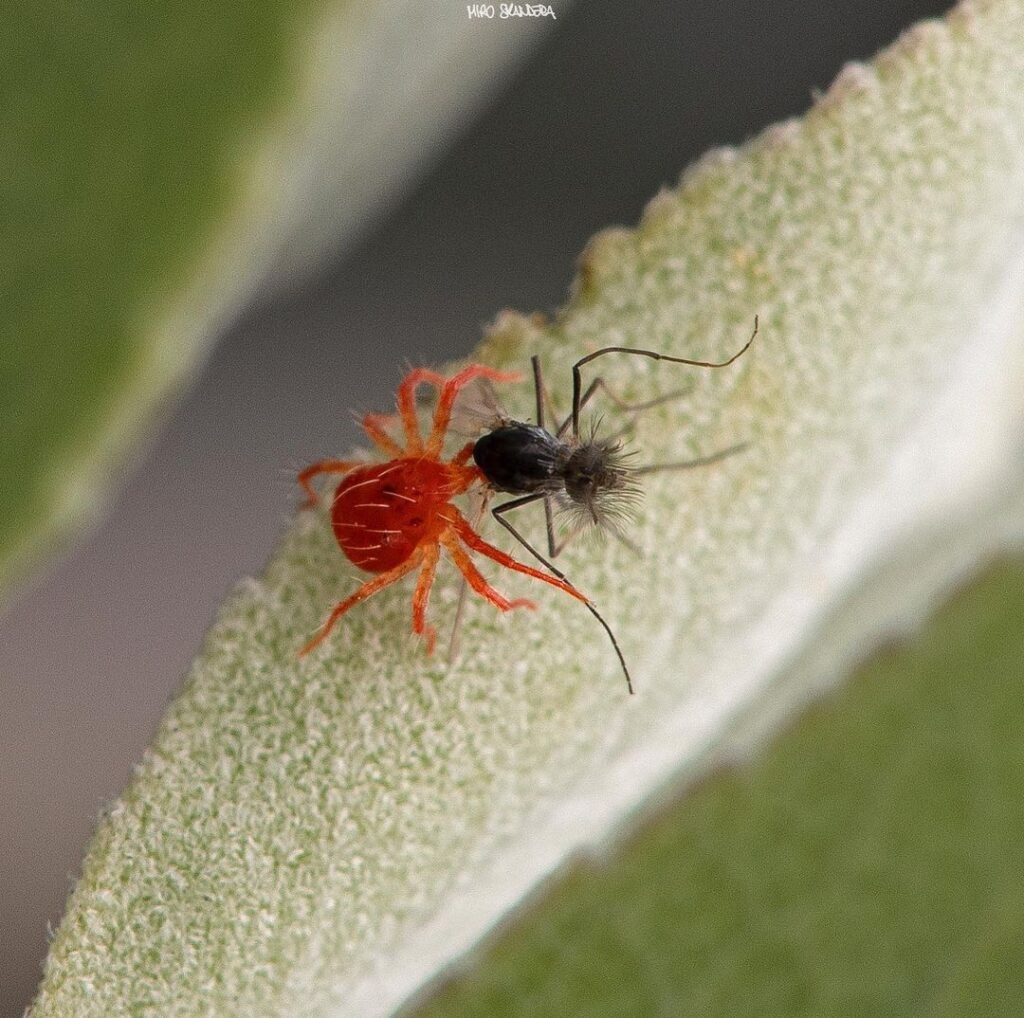
Specialized hunters that target common succulent pests:
- Feed on spider mites
- Control thrips populations
- Active in various weather conditions
- Compatible with other beneficial insects
How to Attract and Maintain Beneficial Insects
Creating the Right Environment
To attract helpful bugs:
- Plant companion flowers near succulents
- Maintain diverse garden areas
- Provide water sources
- Create insect shelters
- Avoid chemical pesticides
Companion Plants That Attract Beneficial Insects
Consider planting these companions near your succulents:
- Yarrow
- Alyssum
- Calendula
- Native flowering plants
- Herbs like dill and fennel
Seasonal Considerations
Different beneficial insects are active during various seasons:
Spring
- Focus on attracting early pollinators
- Introduce beneficial nematodes
- Start ladybug colonies
Summer
- Peak activity for most beneficial insects
- Maximum natural pest control
- Regular monitoring of populations
Fall
- Prepare winter shelters for beneficial insects
- Plant late-blooming flowers
- Consider indoor beneficial insect strategies
Winter
- Maintain insect shelters
- Plan for spring populations
- Consider greenhouse beneficial insects
Common Mistakes to Avoid
- Using chemical pesticides that harm beneficial insects
- Not providing adequate water sources
- Removing all garden debris where insects shelter
- Over-cleaning garden areas
- Introducing too many insects at once
Monitoring and Maintenance
Regular Observation
Keep track of your beneficial insect population:
- Weekly garden inspections
- Population monitoring
- Pest presence assessment
- Documentation of insect activity
Supporting Beneficial Insect Populations
Maintain healthy populations by:
- Providing continuous food sources
- Creating year-round habitat
- Managing garden cleanup carefully
- Introducing new insects as needed
Professional Tips for Success
- Start with small populations and gradually increase
- Focus on creating sustainable habitats
- Use integrated pest management practices
- Maintain garden diversity
- Practice patience as populations establish
Conclusion
Beneficial bugs are essential partners in maintaining healthy succulent gardens. By understanding and supporting these natural allies, you can create a thriving ecosystem that benefits both your plants and the environment. Remember, a balanced approach to garden management often yields the best results.
For more gardening tips and plant care guides, visit usagardenhub.com.

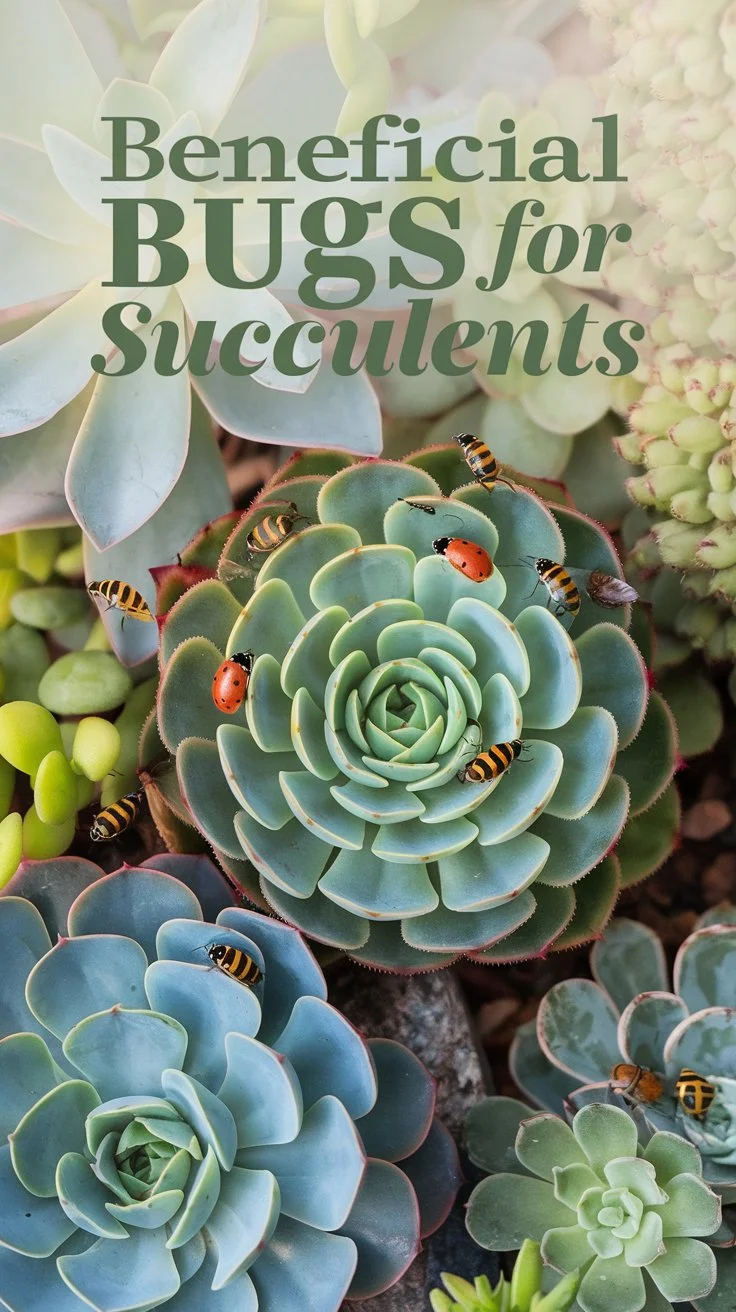


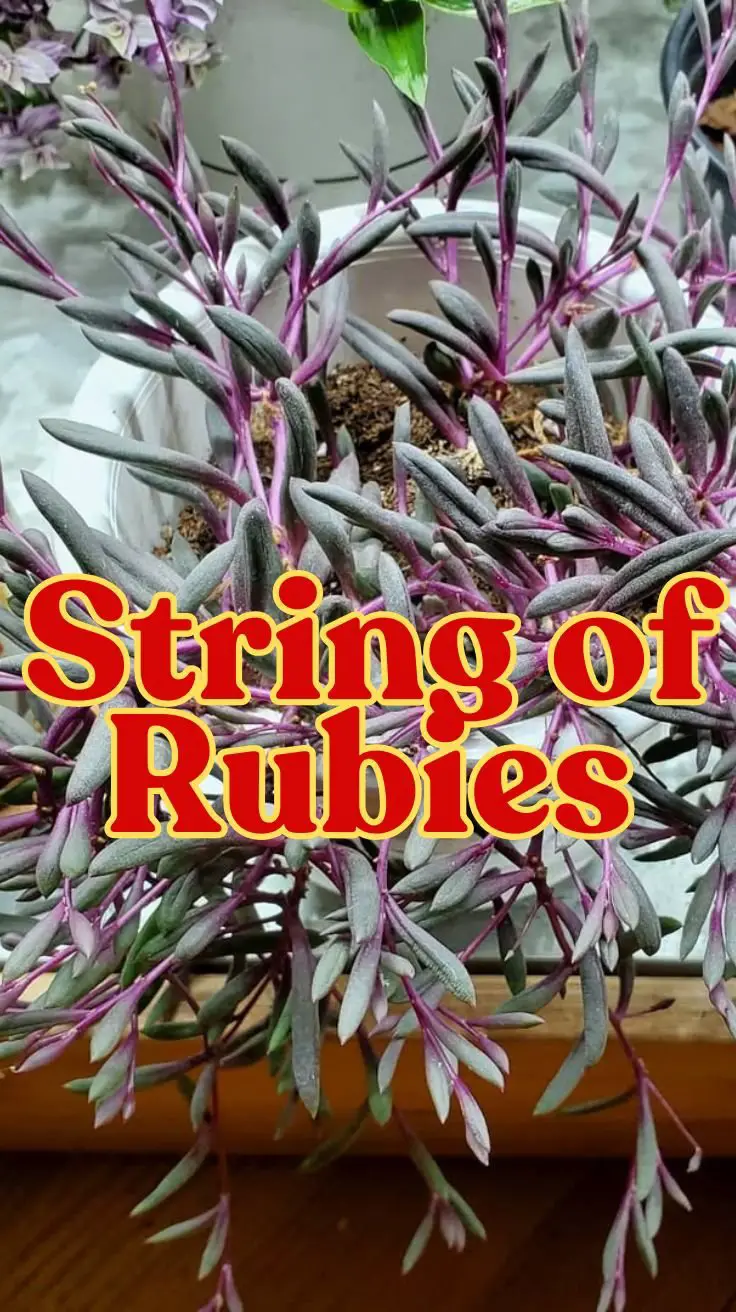
2 thoughts on “Beneficial Bugs for Succulents: A Complete Guide to Natural Plant Allies”